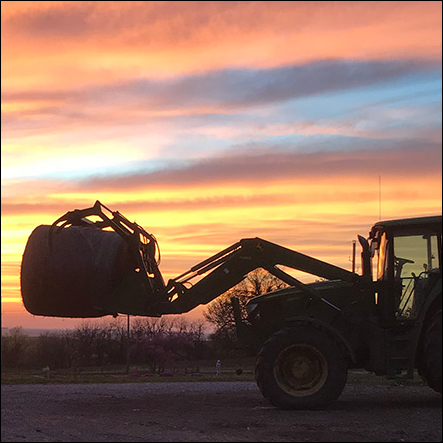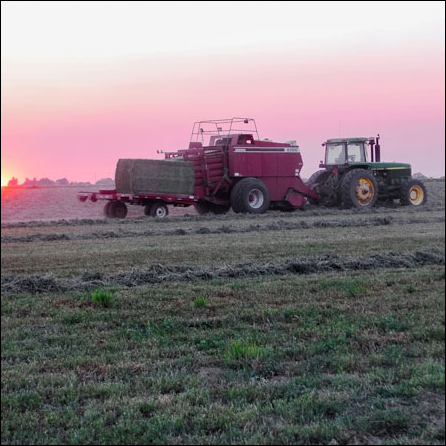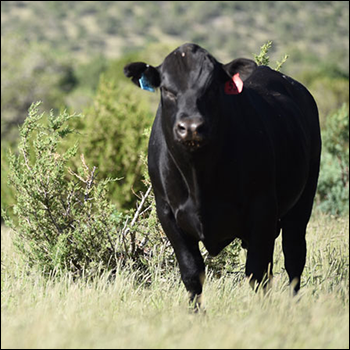
Feedlot Situation Improving
The feedlot situation is improving, but it will take additional time to process current feedlot supplies.
The USDA Cattle on Feed report pegs May 1 feedlot inventories at 11.725 million head, 104.7% of last year. A more useful comparison is to 2019 levels, with the 2021 May 1 total down 0.7% from May 2019. After a February feedlot inventory that was the highest of any month since February 2006, strong marketings the past two months have reduced feedlot inventories below 2019 levels in April and May. April feedlot placements were larger than expected at 127.2% of year-ago placements. However, April placements were 1.1% smaller than April 2019 placements.
April feedlot marketings were up 32.8% year over year and up 0.5% from the 2019 level. The April marketings total was the highest April level since 2008. This follows the March marketings total that was the highest for March since 2000. These marketing levels confirm that feedlots are making progress working through large feedlot inventories. Feedlot inventories have declined 3.2% since the February peak. On average, feedlot inventories typically increase early in the year to an April peak before beginning a seasonal decrease into late summer. The current relative marketing rate suggests that feedlots will pull inventories down on a sustained basis in the next two or three months and reflect cyclically tighter cattle numbers at some point in the second half of the year.
The bottleneck in fed-cattle markets this year has been the capacity constraints that limit the ability of beef packers to process feedlot cattle. Limited packing infrastructure, combined with chronic labor issues have made it impossible for packers to process cattle at an even faster rate. Total cattle slaughter is up 1.8% for the year to date compared to 2019. Comparisons to 2020 are not meaningful given the massive pandemic disruptions last year. Year to date, steer-plus-heifer slaughter is up 1.6% compared to 2019. Average weekly steer-plus-heifer slaughter for the first 18 weeks of 2021 is 496,051 head, up 2.0% from 2019 levels. In fact, the 2021 year-to-date weekly average is the highest since 2011.
A look at daily slaughter statistics reveals the beef packing capacity challenges. Although the average weekly total is larger thus far in 2021, daily averages reveal the struggles to maintain slaughter levels. Compared to 2019, average daily slaughter is down four of five days per week, with Mondays down 4.3%, Wednesdays down 1.0%, Thursdays down 1.3%, and Fridays down 7.1%. Tuesday slaughter has averaged 3.1% higher thus far in 2021 compared to 2019. The big change is Saturday slaughter, which has averaged 62.7% higher thus far in 2021 compared to 2019.
Maximum weekly slaughter thus far in 2021 is 3.5% less than 2019 despite a larger weekly average. Maximum daily slaughter is lower for all days except Tuesday, which is 0.3% higher thus far this year. Even Saturday slaughter, which is averaging 62.7% higher this year compared to 2019, has a daily maximum that is 25.6% less than 2019. All of this means that packers have less total capacity, but are using the available capacity more consistently thus far in 2021.
The reliance on Saturday slaughter this year will be increasingly difficult to maintain going forward. Not only are labor agreements and the willingness of labor to work Saturdays a concern, but persistent Saturday shifts reduce opportunities for packing-plant maintenance and could lead to more breakdowns and disruptions in operations at some point.
The feedlot situation is improving, but it will take additional time to process current feedlot supplies. The stress and challenges at the packing level will slow the process for at least several more weeks.
Editor’s note: Derrell Peel is a livestock marketing specialist for Oklahoma State University Extension. This article is reprinted with permission from the May 24, 2021, edition of the Oklahoma Cooperative Extension newsletter Cow-Calf Corner. Photo by Kasey Brown.




